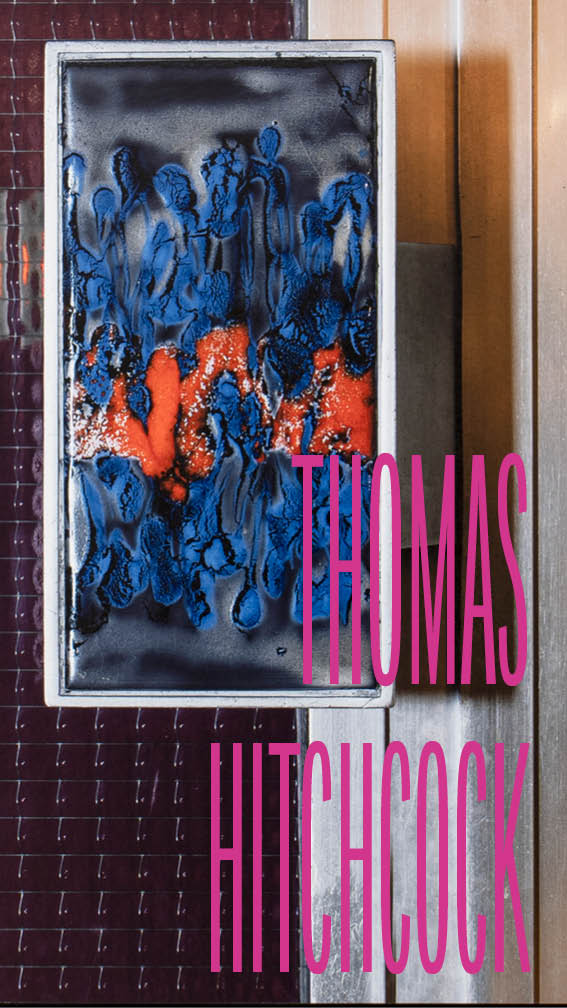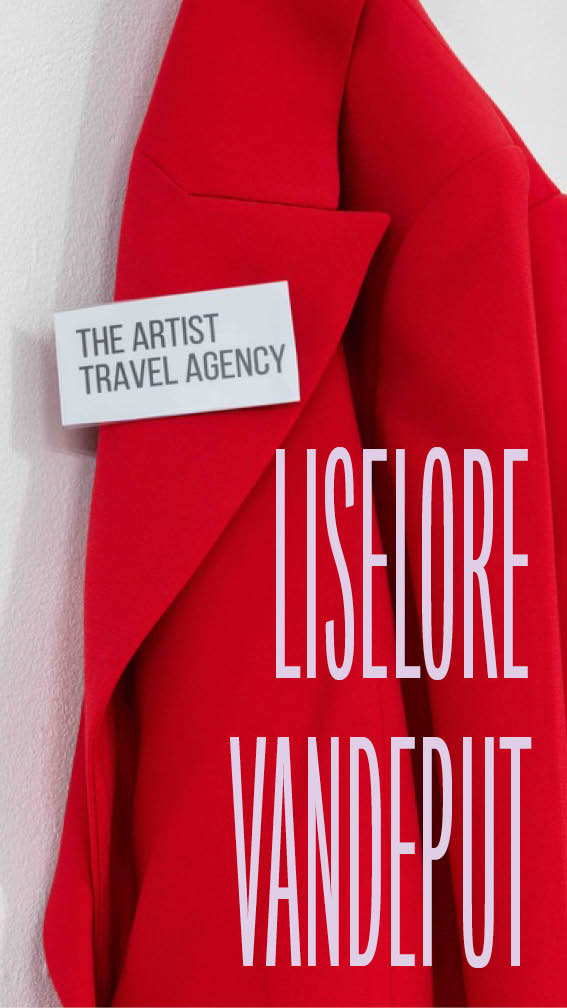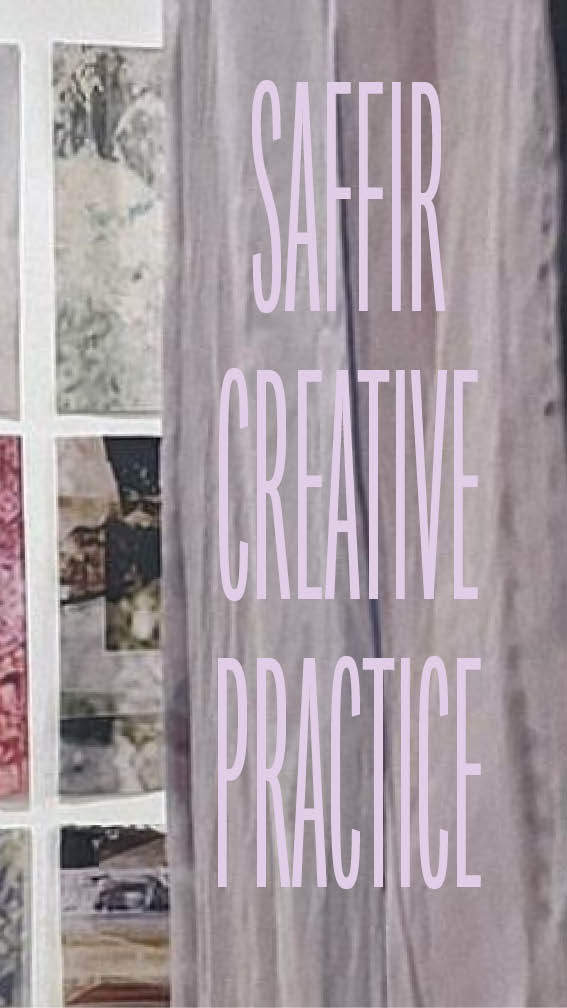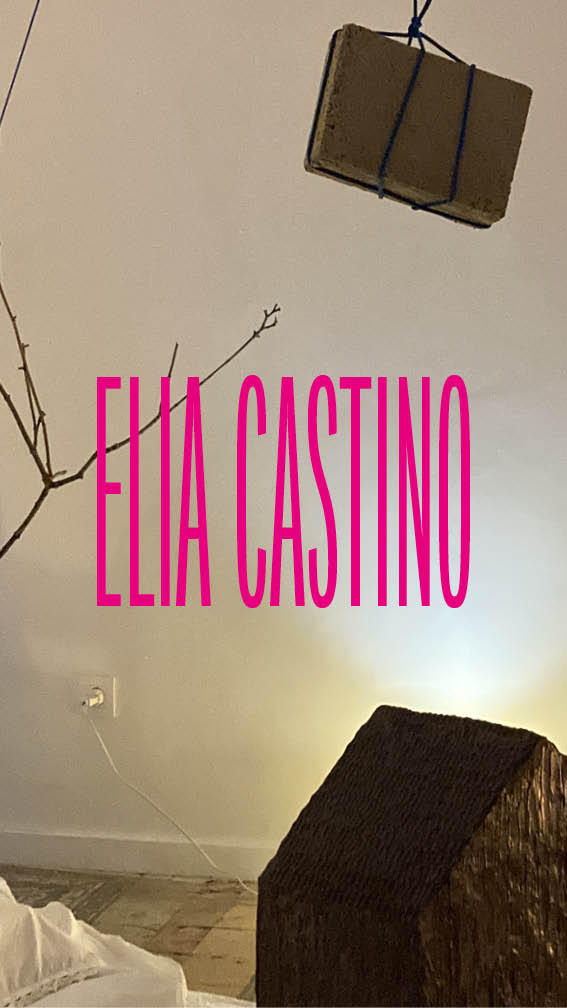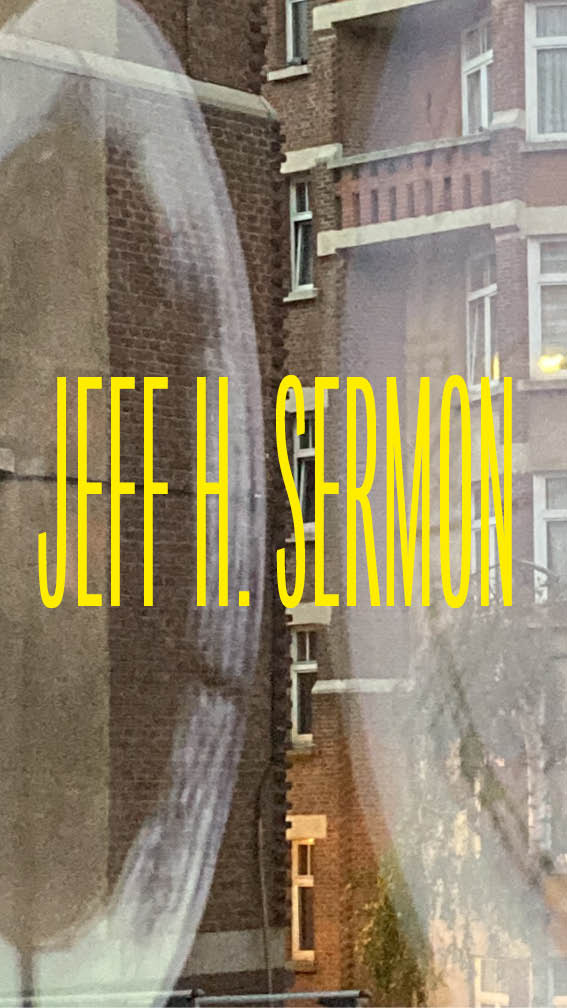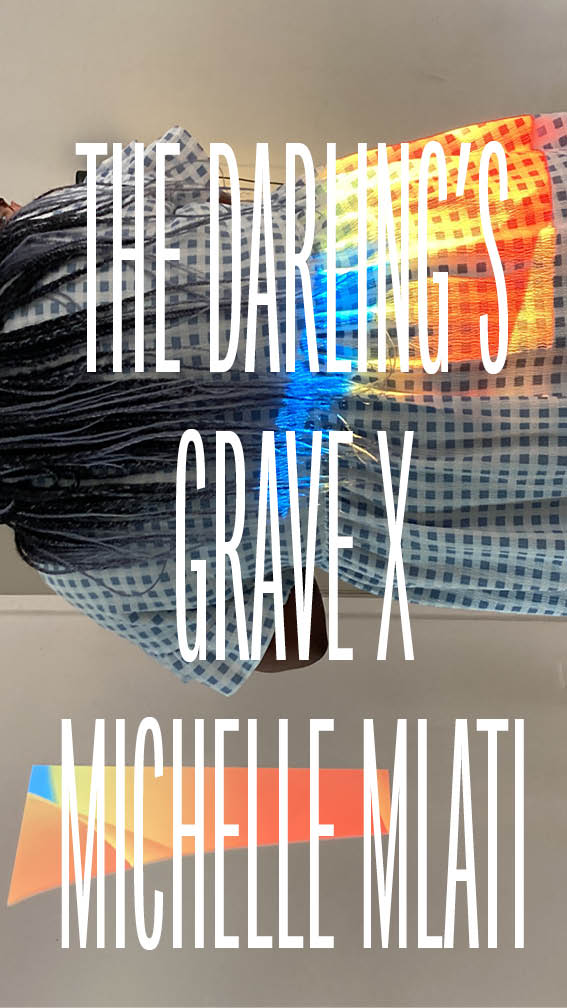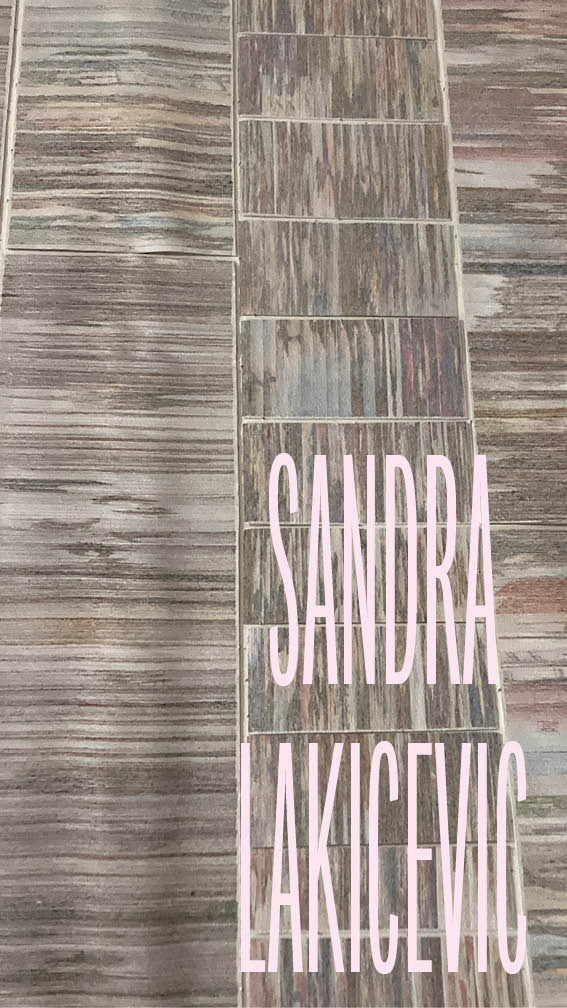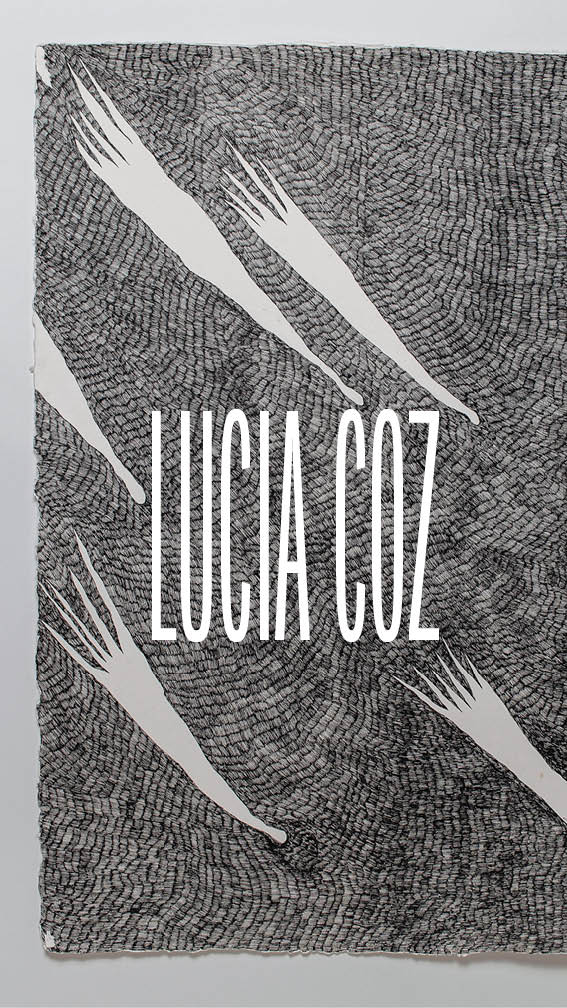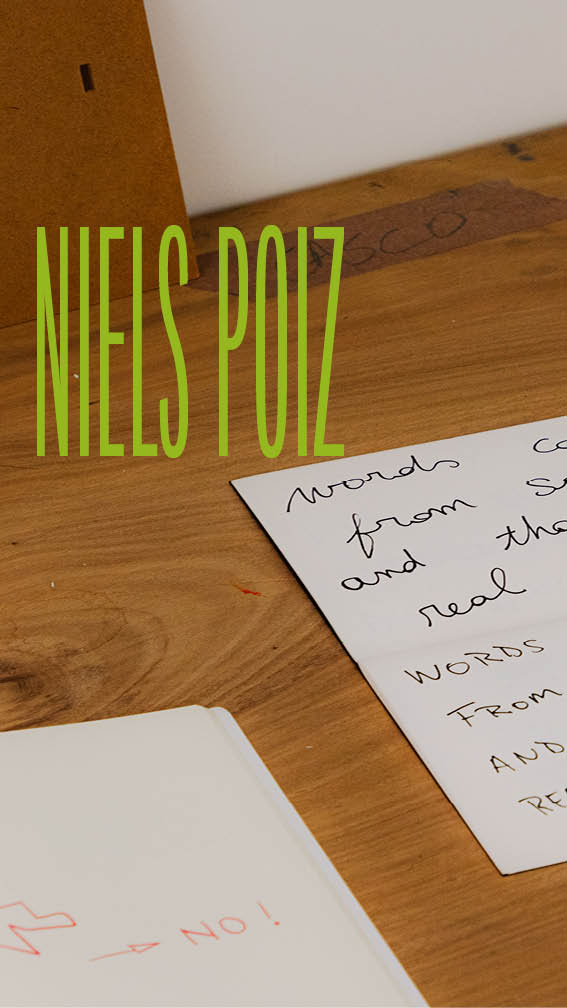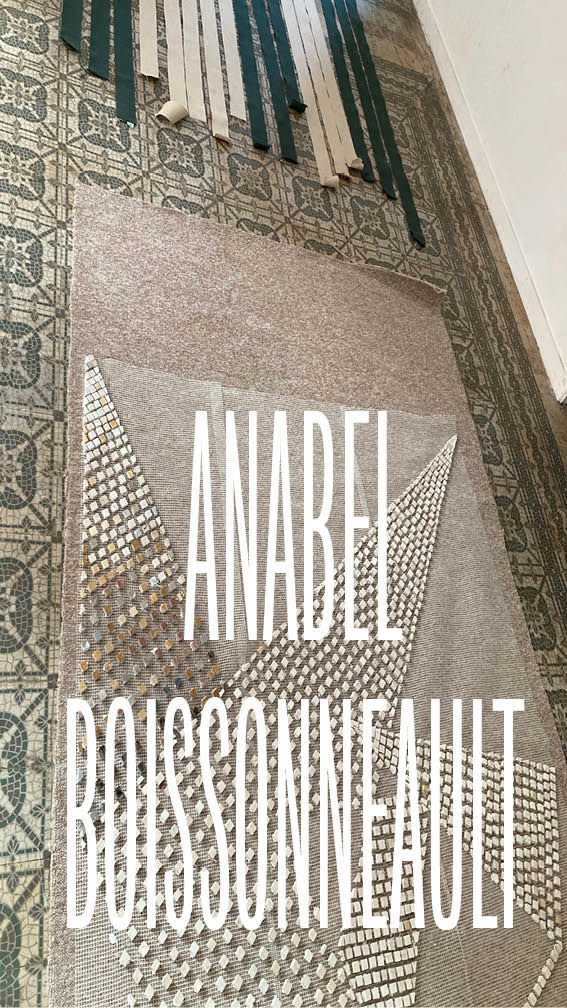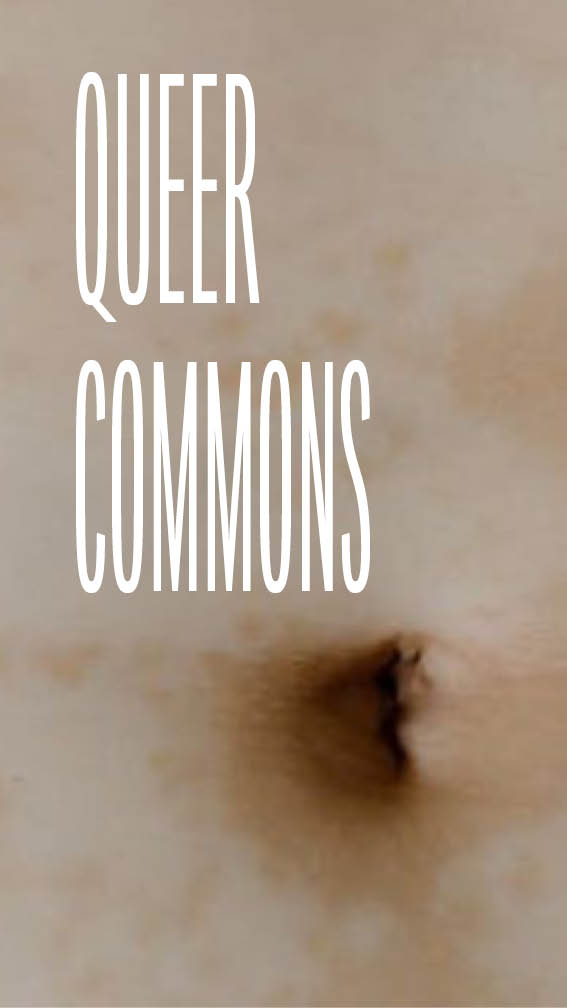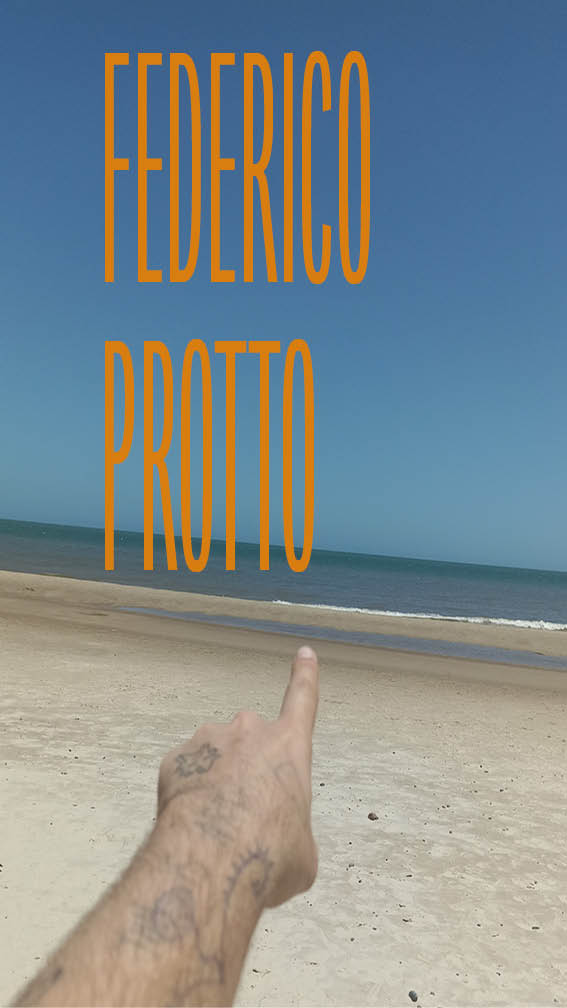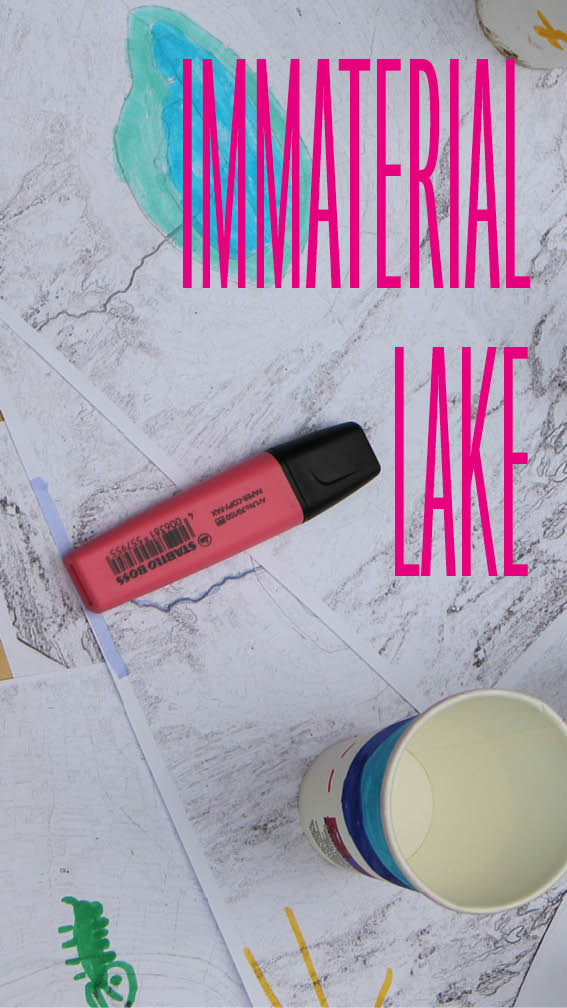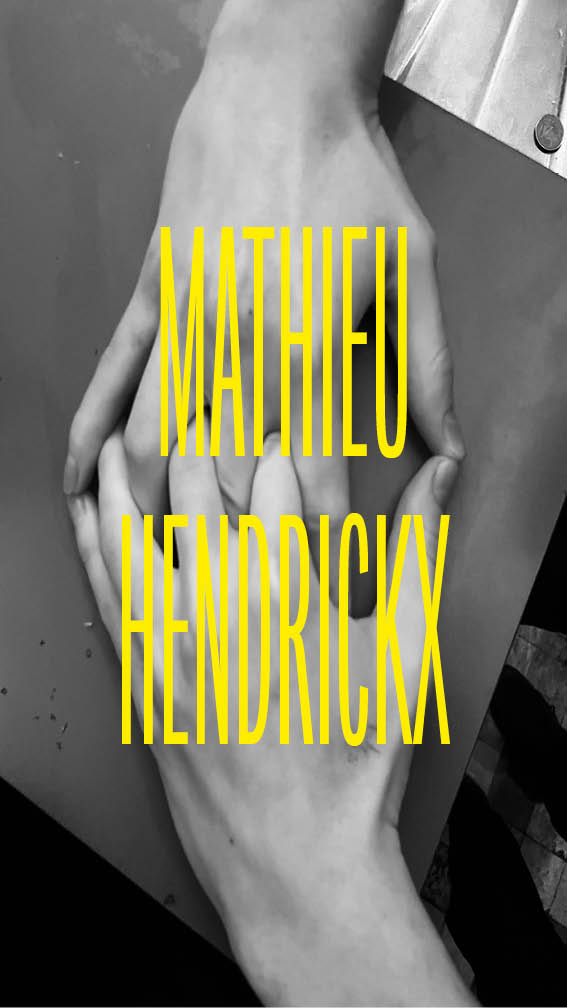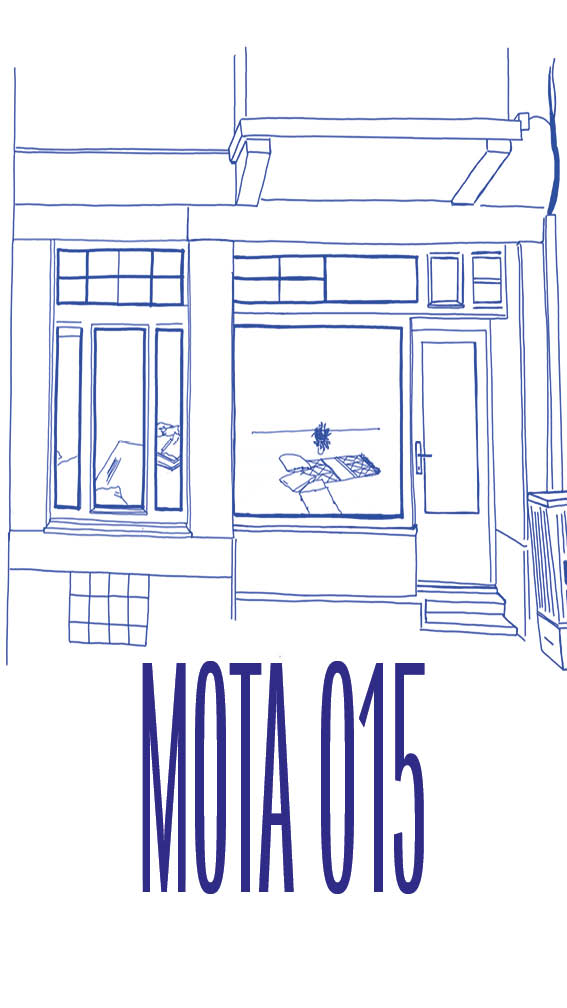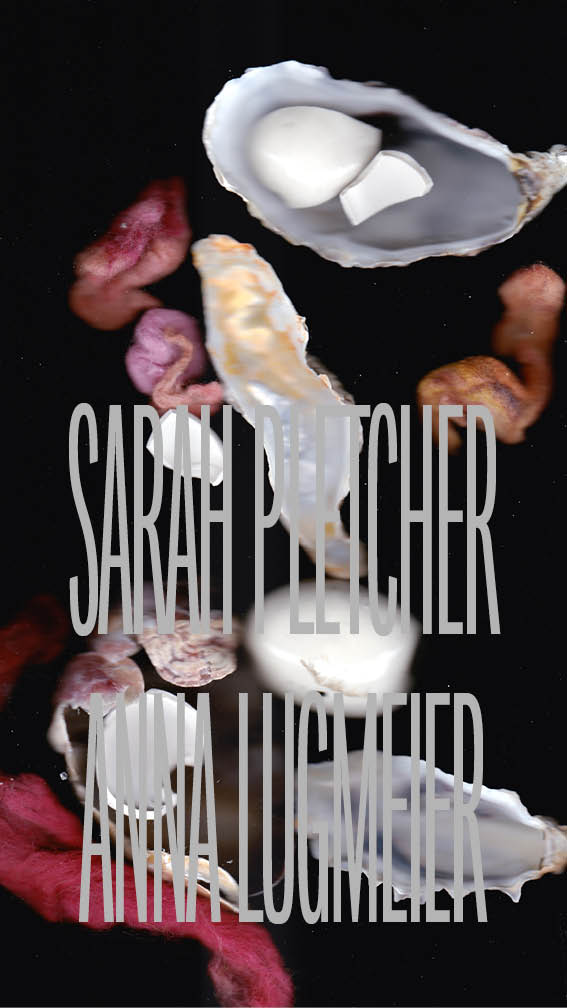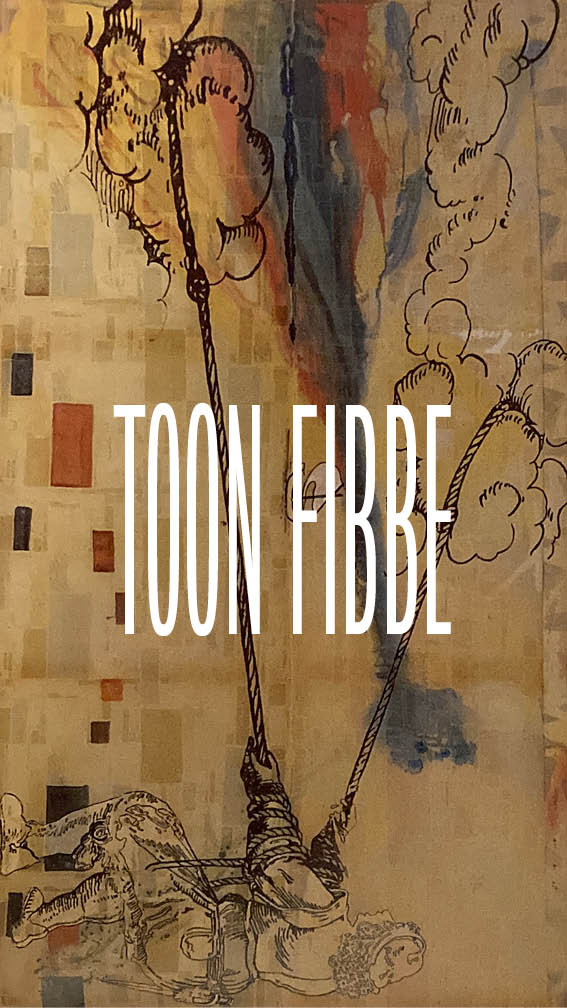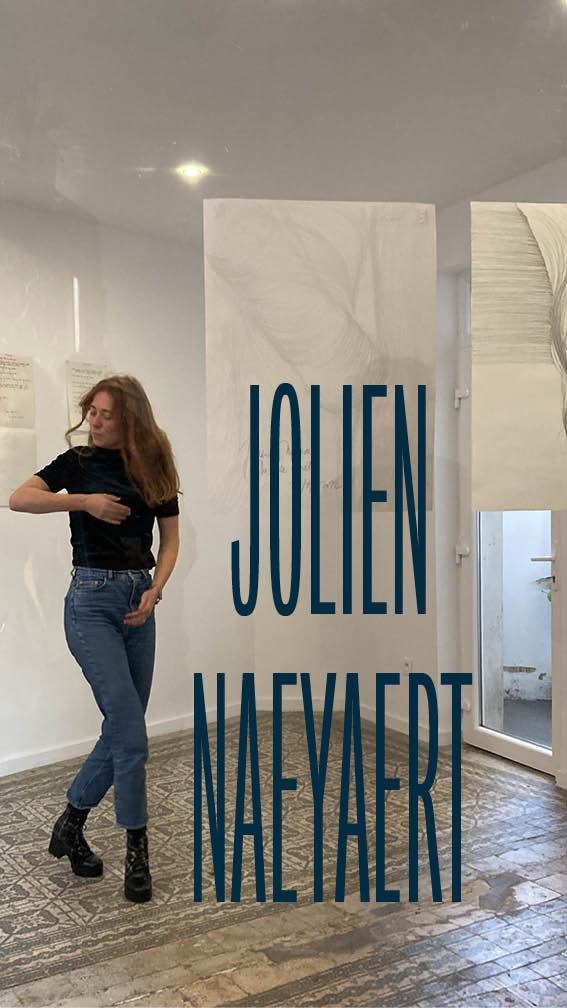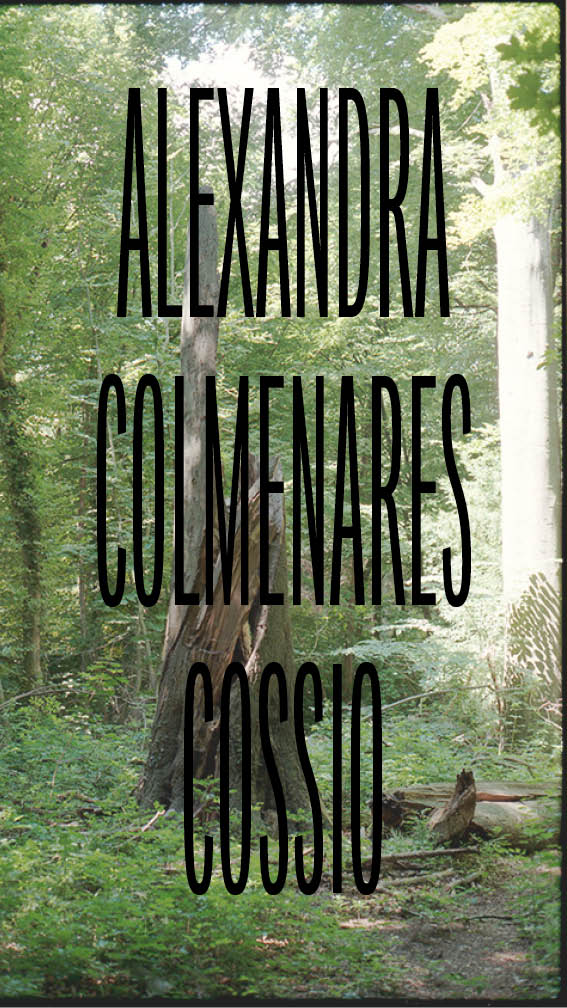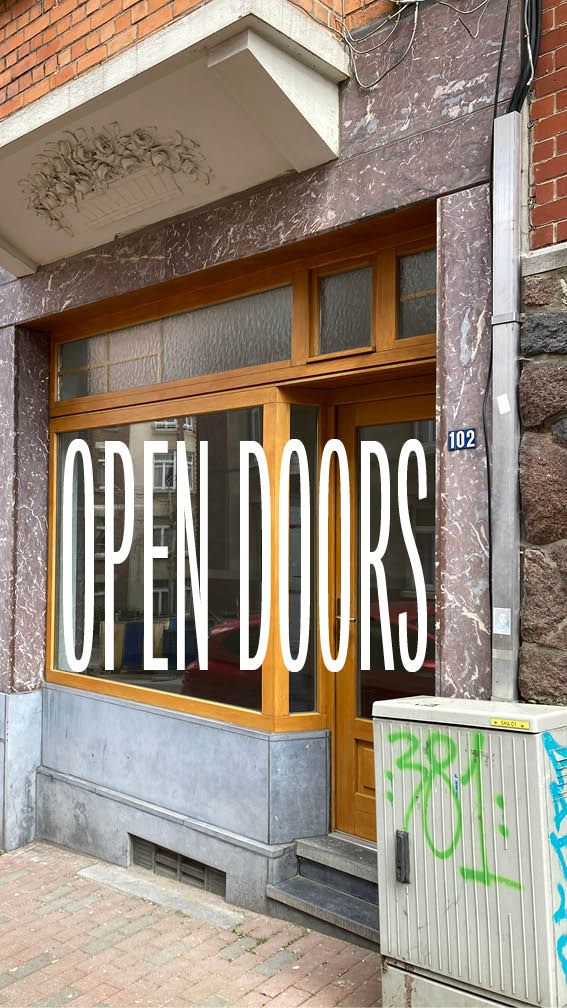August Residency The Darling’s Grave x Michelle Mlati
With participating artists: Ola Hassanain, Khaled Jarrar, Tibian Bahari, Graham Kelly
Open Doors Sunday 20 August / Sat 26 & Sun 27 August
‘INCEPTISOLS - ‘No soil nor sand’
@michelle.mlati / @the_darlings_grave
The Darling’s Grave x Michelle Mlati
![]()
![]()
![]()
![]()
![]()
What happens to Inceptisols, soils that do not meet the criteria to
be members of any of the established soil orders?
To think of the Desert and Forest, is to also think with the soil in its many
variations, consistencies, temperatures, porosity and packaging. The point
where the Desert and Forest meet at the ecotone is connected by the
savannah or meadow. The grasslands which mark this transition point of the
biomes invites us to also think of human made structures embedded across
the natural landscape that implicates the concrete jungle as a matter part of
these biomes. Scientists classify biomes ‘according to the species that live in
that location’ considering other variables such as temperature, soil type
including the quanlity of light and water. Considering cement (commonly a mix
of clay, shells, shale, marl, chalk, silica sand, with limestone as most prevalent material crushed and combined with other ingredients such as iron ore) the
binding component that forms concrete only comes into shape when mixed
with other agents such as water and sand to become solid. While the soluble
character of cement becomes insoluble, when in different forms of
transformation, the presence of sand is no longer visible, so it no longer falls
into a particular category of soil in its state as cement and concrete. This is similar for materials such as silicone derived from silicon which comes from silica which is derived from sand including other materials such as plaster
which can consist of cement. These different states of the grey matter
resemble similar processes different soil entities go through in the Desert and
Forest dependent on the weather. The lack of moisture can create cement like horizons near the soil surface in deserts, while when it is moist, it may
resemble a muddy consistency like the soil in the rainforest.
As an inquiry of inceptisols, the work of five artists points us to materials and
mediums that do not meet the criteria to be part of established soil
taxonomies because they have undergone major changes in interaction with
states of apartheid, industrial production, war, labour, and housing which alter
(and are altered) by the socioecological system. The question posed is what
happens when it encounters the political climate as a social and ecological
impact? How does the composition and materiality of various soil types
transform in its collapse, flooding, demolition and rupture when it cracks or
when it is freshly mixed through human, chemical process or machine labour
as a tool of building, modelling and rebuilding? How are human and nonhuman
entities being shaped by environmental change on the landscape? This
residency moment thinks through how artists are working with the material in
its political ramifications outside the established hegemonic order. This is to
explore its hybrid nature by thinking of the grey matter of cement or concrete
like structures in its diversity and fluidity entangled with deserts and forests
where soils persist and co-evolve with sociopolitcal struggles.
Michelle N. Mlati (b. 1993 South Africa) is a curator, urbanist, and researcher. Her work centers on creating intersections between art and the architectural and urban design practices that span from the 1960s to the present through an intersectional environmentalist lens. She has guest lectured the series Curating Botanical Collections (2021), part of the Strategies for Art in Times of Change course convened by Dr. Portia Malatjie at the Michaelis School of Fine Art. As a curator, Michelle has worked with various artists in East Africa and continues independent practice experimenting with The Forest and Desert School, which emerged from Sudan in the 1960s as a school of literature and poetry that influenced artistic practices of multiple generations. Her most recent work is The Forest and Desert School Revisited (2022-23), a group show of 13 artists exhibited at Circle Art Gallery in Nairobi and also in collaboration with Borderlands Art based in Uganda and Galerie Polaris in Paris.






